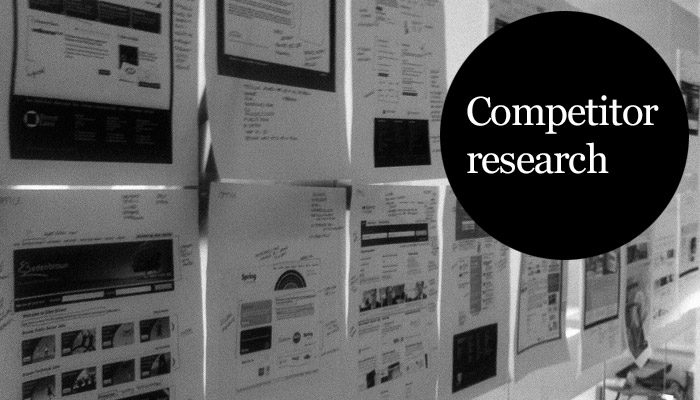Understanding clients
Here at Pretty, we put our clients and their users on a level playing field. They’re both equally important to a project because without understanding one, we can’t understand the other. Which is why we spend so much time getting to the heart of our clients and their business, just as much as we do understanding the end user and their requirements.
Here at Pretty, we put our clients and their users on a level playing field. They’re both equally important to a project because without understanding one, we can’t understand the other. Which is why we spend so much time getting to the heart of our clients and their business, just as much as we do understanding the end user and their requirements, so that we can ensure we deliver the right outcome for the business.
- Additional benefits of understanding your clients
- You will gain buy in from the whole team - from start to finish
- You’ll build strong relationships and a useful feedback loop
- The client also gets useful business insight and perception as a by-product
“The best way of successfully acting a part is to be it.”
Arthur Conan Doyle
So how do you go about understanding your client fully?
Think of it as method acting for designers - or method designing, if you will! You can’t design a really useful recruitment app if you don’t know anything about recruitment, right? You have to know what you’re doing and who you’re doing it for. Which is why we ask ourselves the following types of questions about our clients:
- What are their ambitions?
- How do they act?
- What do they do on a daily basis?
- How do they use technology?
- What do they like and what irritates them?
- Who are their customers?
- How does their business operate?
- Who makes the decisions?
- Who are their main competitors?
- Which other companies do and don’t they like?
We answer these by meeting as many people in the business as possible. From the CEO and heads of departments (such as marketing and IT) right through to the receptionist manning the front desk. Through formal interviews and informal chats as well as questionnaires, we glean as much anecdotal evidence as possible to build up a picture of the business.

“When you get a job – say an ad for a drycleaner – many images come to mind, we all have preconceptions. Instead of sitting at your computer, go to a drycleaner, and sit there. The way to get an interesting idea is to go to the source.”
Bob Gill
We become their latest employee…
If possible, we also like to spend time working in the clients offices, warehouses and any other working environments - getting to know the team, seeing how they work first hand and listening to the conversations they have amongst one another. This is much like the ‘participant observation’ method used in Anthropology and helps us build strong relationships one on one which supports the design process later on when questions and ideas arise.

Backing it all up with data
As much as the qualitative insight we gain through this process helps us to really get to know our clients - we also back it up with as much quantitative data as we can get our hands on - from current client systems to web analytics.

This all comes together to create a pool of useful insight for our designers, allowing us to really get under the skin of a business. It helps us form the solid foundations required for the project brief and approach and fulfill our ultimate goal - which is to produce the best possible product for our clients needs and customers.
